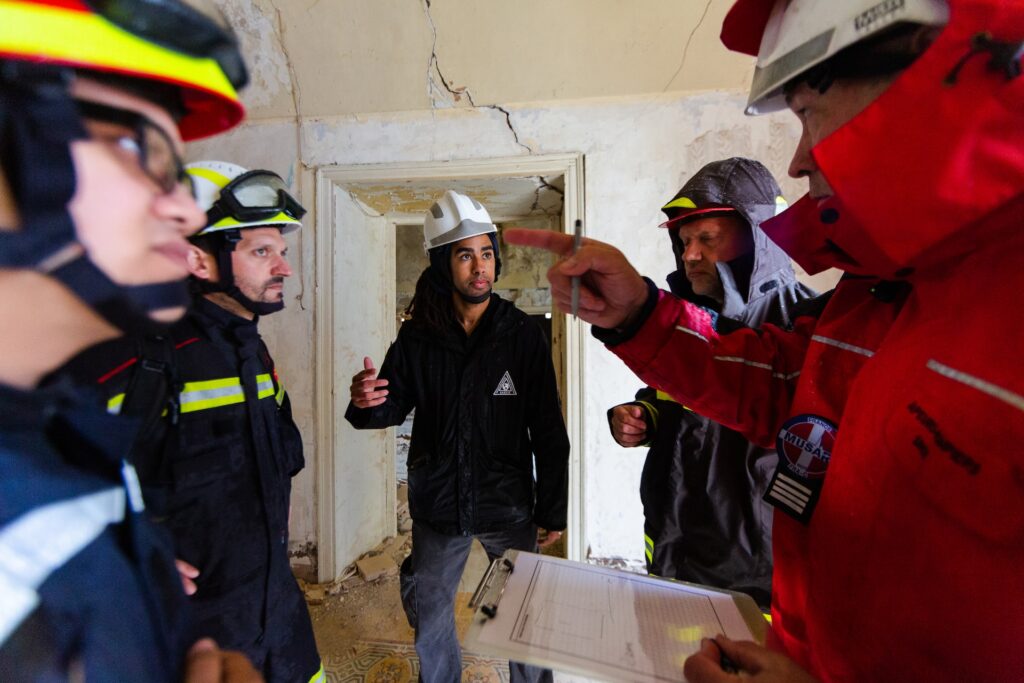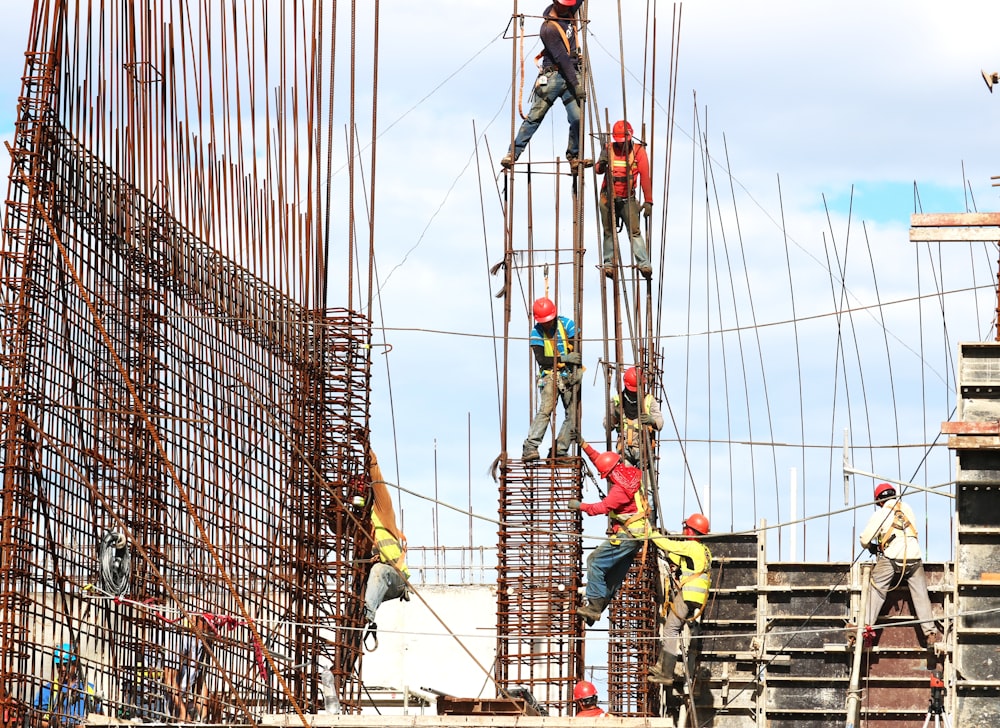WHY DO SITE VISITS PLAY AN IMPORTANT ROLE FOR A CIVIL ENGINEER?
Site visits are an important part of your learning. A real-time visit to a construction project or design office will better understand how civil engineering theory is put into practice.
A typical site visit will include an on-site team presentation, a safety briefing, and a tour of the project. It will give you personal experience on the construction site and familiarization with the technical language used.
The visits will also enable you to learn about project management practices related to health and safety, environmental issues, and logistics management
Architecture and construction have never been low in their fields of business.
The field of designing in architecture and construction in the city area has seen a constant rise only with the development of technologies that support these engineering methodologies as a backbone.
Depending on the project, you may want to consider bringing the following items with you when you go to look at a potential location or proposed location for your design project. It’s likely that you’ll need PPE (personal protective equipment), so make sure you have all the necessary items before heading out on site.
- A map or site plan – preferably a couple of copies so you can draw observations or mark specific features, etc.
- Camera – Make sure you take pictures of everything. Also make sure you have some remote site shots to use in your final images, CGI, and so on. Also, take pictures of what is opposite the site to use as reflections in the windows of your design. It’s so frustrating when you go to the trouble of visiting a site and come back wishing you had taken more pictures. It’s a good idea to take a few pictures of relevant materials on and around the site.
- If you have any apps that help you take panoramic shots, get a few of those as well. When you get to the later stages of the design, you can do some interesting things if you have a few panoramic shots available.
- It is really important to be able to note down any observations.
- Tape measure. Some locations may be near hazards or situations where you will need to measure distance. If you have one, a tape or laser measurement may also be useful, but it is not necessary.
- Good weather! If you have a choice of when to visit the site, try to pick a day when there is some blue sky around. It will look better on your website photos, especially if you plan to use them in future presentations. And let’s go. Let’s be honest, nobody likes visiting a site in the rain!
Let’s get this site visit started:
Before you go to a location, if you are traveling alone, make sure someone knows where you are going and when you expect to be back. Keep this person updated.
Make sure you check in with the appropriate person when you arrive at the location. The site may or may not be occupied, so make sure all owners, managers, etc. know that you have arrived and that you will be studying and photographing the site.
I would start with a quick walk around the site to familiarize yourself with it in general. Take notes on what you observe, how you feel about the site, and important information you may have learned from your desktop study that needs to be identified.
Next, go through the site and photograph everything. You can never take too many photos.
Then start taking notes on all the observations and scribble notes on your plans. Whatever is relevant, it is better to write more than too little.
Take the time to really get to know the site. If possible, spend some time there to absorb the surroundings as well.
What to watch out for:
I would suggest you go with a list of items to look out for and tick off your list so you don’t miss anything.
Location and surroundings
Location
- Site location details (road names, address, major landmarks, etc.)
- Current context – existing buildings, parking, roads.
- Site access – vehicular access, pedestrian access, etc
Neighborhood context:
- Look at existing and proposed building uses in the neighborhood
- What condition are the buildings in?
- Are there outdoor spaces and what are they used for?
- Are there activities nearby that may create heavy vehicular or pedestrian traffic?
- Existing vehicle movement patterns, major and secondary roads, bus routes and bus stops.
- Street lamps
- Folk context, materials, architectural elements, lighting, landscaping, parking, building heights
- Any nearby historic buildings or buildings of special significance
- Patterns of sun and shade throughout the year
- Building context – what style, period, and the condition is the surrounding building in? Is it a historic/monument/conservation area? Will your design need to reflect the existing style?
- Is the location close to listed buildings?
- Surfaces and materials around the site.
- Hazards (electricity, substations, telephone lines, etc.)
We hope you enjoyed this post. Stay tuned with us to better understand the field of civilization and architecture.


